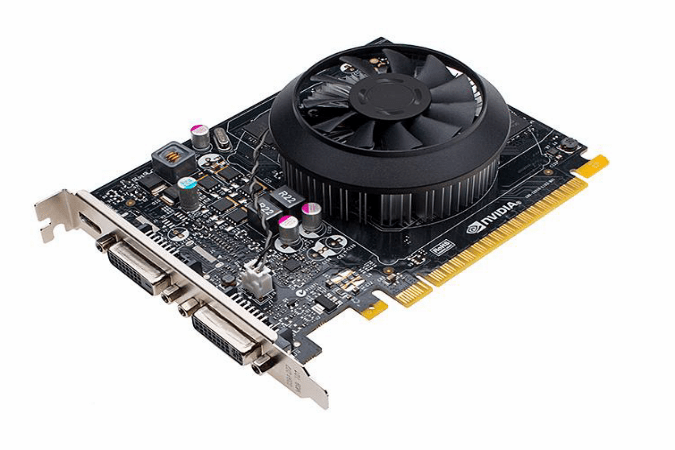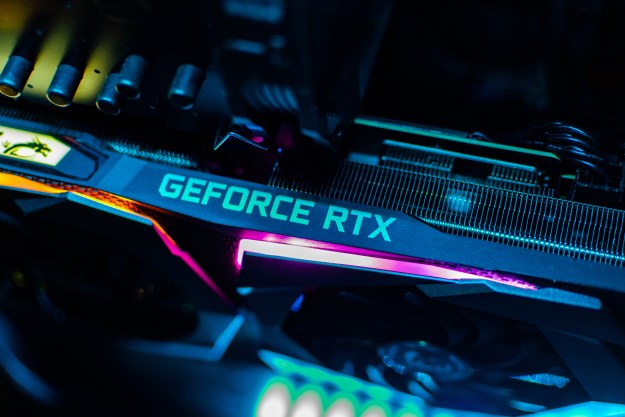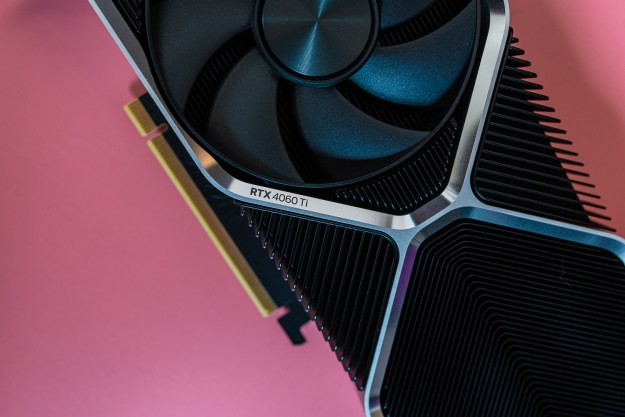
As you may already know, Nvidia made a trio of new graphics cards announcements today. They pulled the cover off the GeForce GTX Titan Black, which is designed to replace the existing GeForce GTX Titan. They also revealed two graphics cards powered by their Maxwell architecture: the GeForce GTX 750 Ti, and the GeForce GTX 750.
Though the GeForce GTX Titan Black is far and away the most powerful card of this new bunch, the 750 and, the 750 Ti especially, stand out to us for reasons that go beyond basic specs and power.
According to Nvidia, the GeForce GTX 750 Ti offers double the performance of the GeForce GTX 550 Ti, a card that costs between $100 and $200 depending on whose version you opt for. We’d expect a big performance gain over a card that’s almost three years old. However, there’s more to the equation than that.
Nvidia states that the GeForce GTX 750 Ti offers more than double the performance of a GTX 550 Ti, while also consuming almost half the power.
So what does this mean? Considering that the GeForce GTX 750 Ti only sips electricity, its release is big news for a large sect of PC users/builders/tinkerers that are best described as the less fortunate. They include students stuck with cramped cases that don’t offer room for upgrades, users on super tight budgets that can’t afford to upgrade their power supplies, and people that, for one reason or another, desperately want to upgrade but cannot spare the expense to do so.
Because the Nvidia GeForce GTX 750 Ti is slim, small and relatively energy efficient, Nvidia states that even PC users with 300 watt power supplies can slot the 750 Ti right in without having to upgrade the PSU.
In other words, if Nvidia’s claims about the $149 GeForce GTX 750 Ti are accurate, this card will make relatively high-performance gaming available to people who are running rigs that are less than impressive, and/or PC users that are quite light on the green.
What do you think? Sound off in the comments below.
Editors' Recommendations
- Nvidia just made GeForce Now so much better
- Here’s how AMD counters Nvidia’s big RTX Super launch
- Nvidia’s peace offering isn’t working
- This mysterious Nvidia GPU is an absolute monstrosity — and we just got another look
- Nvidia’s RTX 4060 might not be such a disappointment after all



